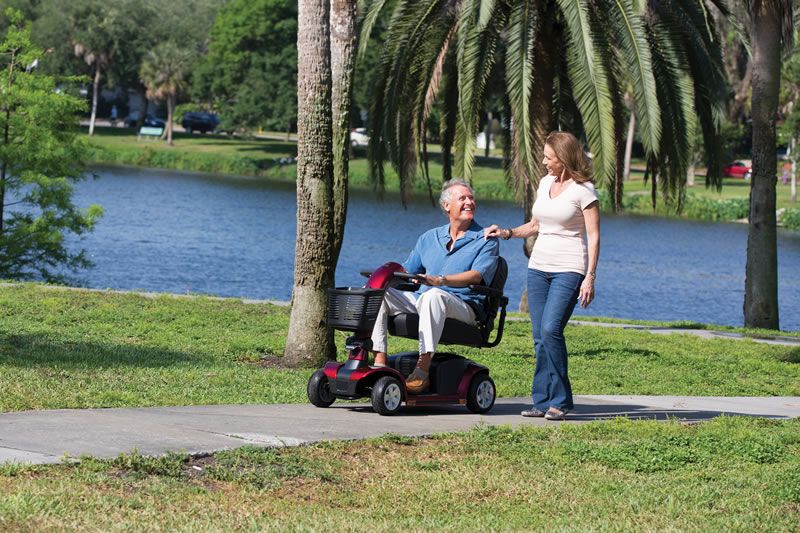Caring for our elderly loved ones is a deeply rewarding experience, but it often comes with its own set of challenges. One such challenge is ensuring proper hygiene when traditional bathing isn’t possible. Knowing how to give a sponge bath to elderly individuals can be vital for their comfort and health. By understanding the necessary steps, you can ensure that your loved one feels clean, refreshed, and dignified.
Beginning with a sponge bath is a practical way to maintain hygiene without the physical demands of a shower or tub bath. Within this guide, we will cover everything you need to know, from preparing the materials to completing the bath effectively.

Preparing for the Sponge Bath
Gathering the Materials
The first step in giving a sponge bath to elderly persons involves gathering the right materials. You will need a basin of warm water, mild soap, sponges or washcloths, a towel, and clean clothing. It’s essential to ensure all these items are easily accessible.
Setting the Environment
Make sure the room is warm and comfortable. Privacy is also critical, so close doors or curtain off the area. If you’re interested in more tips on creating comfortable environments, visit these tips for caring for elderly parents at home.
Step-by-Step Procedure
Start with the Face
Use a dampened, soaped washcloth to gently cleanse the face. Always avoid getting soap in their eyes. It’s crucial to handle this with care, as the skin on the face can be particularly sensitive.
Move to the Upper Body
Continue with the neck, shoulders, and arms, using long, gentle strokes to clean. Rinse thoroughly with a new cloth to ensure no soap residue remains.
Cleansing the Lower Body
Switch to the lower body, starting with the legs and working down to the feet. Support the elderly person’s movements as needed to prevent slipping or discomfort.
Caring for Sensitive Areas
Cleaning the Back
Ask them to lean slightly forward if able, and use a second washcloth to clean the back. Ensure it is washed and rinsed thoroughly.
Attention to Areas Prone to Pressure Sores
Focus on areas prone to pressure sores, such as around the tailbone. Gentle, thorough cleaning and drying can help prevent these painful conditions. For more information on eldercare, read about anemia in elderly care.
Post-Bath Care
Drying Thoroughly
Use a soft towel to comfortably pat dry the person, avoiding any rubbing that may irritate their skin. Make sure to dry off any damp areas to foster a refreshing feeling.
Moisturizing the Skin
A mild moisturizer can be applied to prevent any skin dryness or irritation. It’s particularly useful in colder weather.
Dressing Comfortably
Help them into clean clothes, considering weather and personal comfort preferences.
Additional Tips for a Successful Sponge Bath
Ensure comfort by maintaining a conversational tone throughout the process, and involve them as much as they can or want. Another great tip involves hygienic considerations, especially understanding what causes drooling in elderly, for comprehensive care.

Frequently Asked Questions
How often should an elderly person have a sponge bath?
The frequency depends on their health and personal preference. However, aim for at least twice a week, with additional cleansing as needed.
Is there a specific water temperature that is best?
Warmnot hotwater is ideal. Test with your elbow or wrist for comfort.
What should I do if they feel discomfort or pain?
Stop immediately and consult a healthcare provider. Comfort should always be the top priority.
This article contains affiliate links. We may earn a commission at no extra cost to you.

